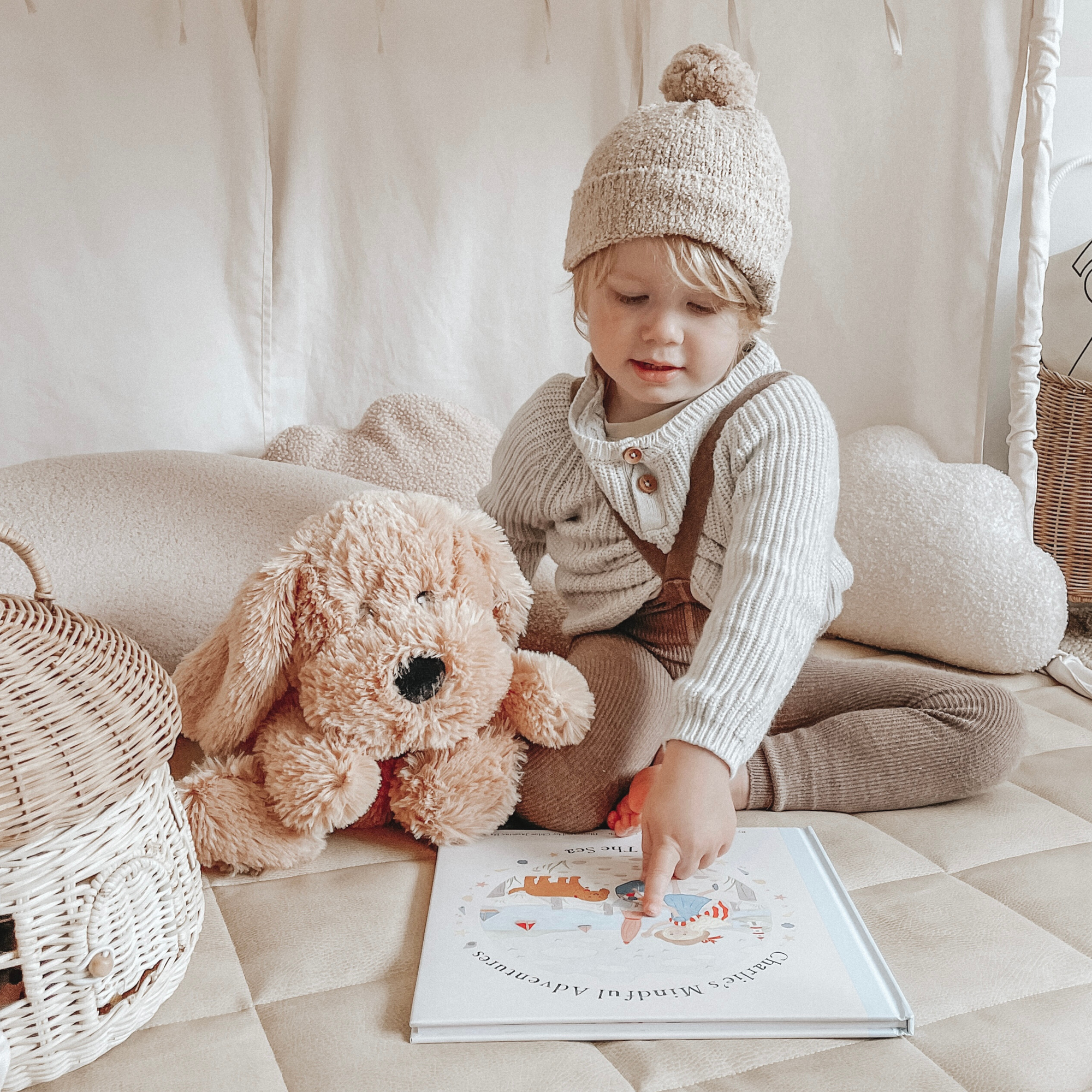Play is essential for the development of children. It promotes creativity, mental growth as well as emotional wellbeing. The selection of toys is important for children who have special sensory needs such as ADHD or autism. A variety of products and toys specifically designed for their particular needs have been introduced to the market. These products and toys which include autism-friendly toys to sensory toys as well as ADHD toys for kids, offer children with the opportunity to play together.

ADHD Toys for Children: Helping to Foster focus and engagement
Children suffering from ADHD are often unable to control their emotions and retaining their focus. Playthings that stimulate children and use their energy in a productive way are crucial for their development. ADHD toys for kids are designed to provide sensory experiences that captivate their interest and enhance their concentration.
Toys that benefit children suffering from ADHD include engaging puzzles, building sets, and fidget toys. They encourage exploring the tactile senses, problem solving and help develop fine motor skills. Fidget Toys, in particular can help children to satisfy their sensory needs while keeping their hands active, which can improve concentration and focus.
Autism-Friendly Products: Supporting Diverse Sensory Needs
Autism is a form of developmental disorder that affects the ability to communicate and interact socially, is often accompanied by sensory sensitivities. For children on the autism spectrum, having the best toys can make a world of difference in their play experiences. Autism-friendly products are thoughtfully created to be able to handle sensory issues and encourage positive interactions.
A few of these items include weighted blankets and sensory balls, toys that have soft lights and soothing sounds. The toys are designed to stimulate the senses as well as provide safety and comfort. They have a relaxing impact that helps reduce anxiety and stress. They also allow children to engage with their surroundings in a more relaxed way.
Sensory Toys for Children Explore A Multisensory World
Sensory play is vital for all children as it encourages the exploration of their minds, cognitive development and understanding of their surroundings. For children who suffer from sensory processing disorders (SPD) that influence how they react to and perceive sensory stimuli, sensory toys for children can be invaluable devices for self-regulation and learning.
Sensory toys are available in a variety of shapes, ranging from tactile objects like squishy balls, to more visual toys like light projectors. They engage a variety of sensory systems, allowing children to develop sensory connections, improve their the ability to communicate, and enhance their ability to absorb sensory information. They promote holistic sensory development through their audio, visual and tactile components.
SPD Products to Support Children with Sensory Processing Disorders
Children who have sensory processing disorders require products that are tailored to their unique sensory needs that promote relaxation and enjoyment. SPD products are designed to aid children suffering from sensory sensitivities to manage and improve their sensory experience.
SPD products like Sensory swings or weighted jackets can help stimulate the senses. Sensory swings offer calming vestibular stimulation, while weighted vests offer soft pressure that can produce a an effect of relaxation. Sensory bins, which are filled with various textured materials, engage touch and imaginative play.
What to consider when choosing the best toys
When choosing toys and other products that are suitable for children who suffer from ADHD, autism or sensory processing disorders, a variety of aspects should be taken into consideration:
1. Sensory Features – Select toys that provide tactile, auditory or visual sensory experiences.
2. Safety: Ensure that the toys are safe, free of small parts that could be dangerous to choking and constructed from non-toxic substances.
3. Engagement: Choose toys that will capture your child’s imagination and encourage active play.
4. Comfort: Select products that provide comfort and safety, particularly for children with sensory sensitivities.
5. Inclusion: Prioritize the toys that can be enjoyed by all children, encouraging inclusion during playtime.
In a world where playing is vital to growth and development, it’s gratifying to witness the rise of products and toys that are created for the different demands of children with ADHD or autism as well as sensory processing disorders. ADHD toys, autism-friendly toys, and sensory toys aren’t just fun, but they can also make children feel part of the community, active and empowered.
As parents, caregivers, and educators our choices when selecting these toys will have a major impact on the child’s journey. Through providing access to meaningful games that are respectful and acknowledge the individual needs of each child and preferences, we can create an inclusive and nurturing setting where children can enjoy the pleasure of play in their own way.
